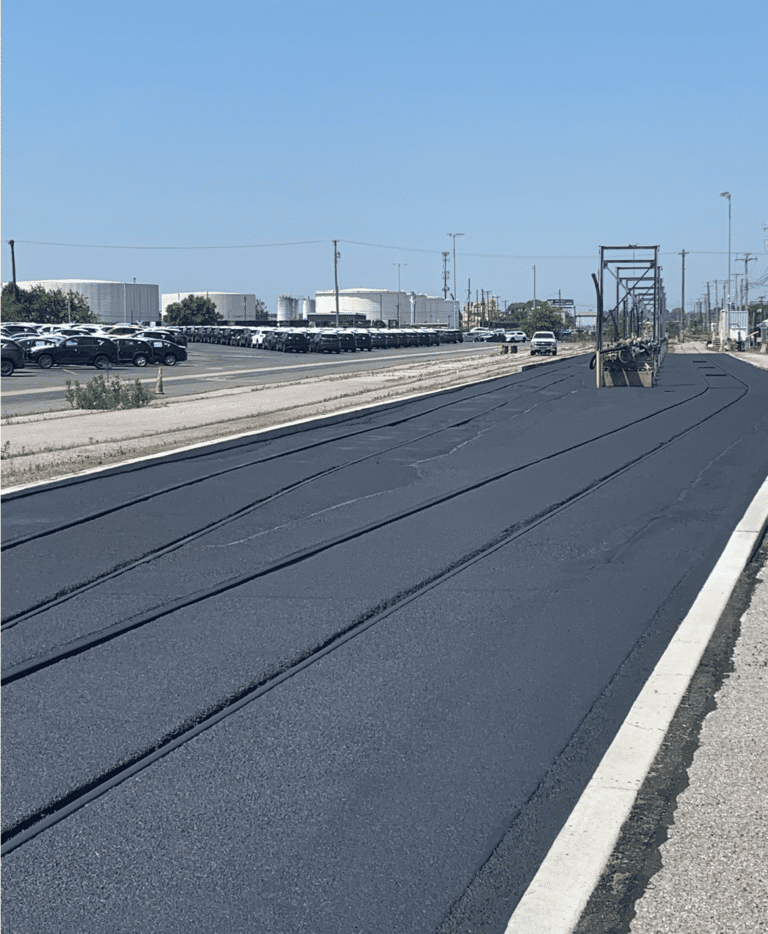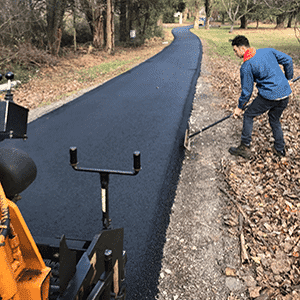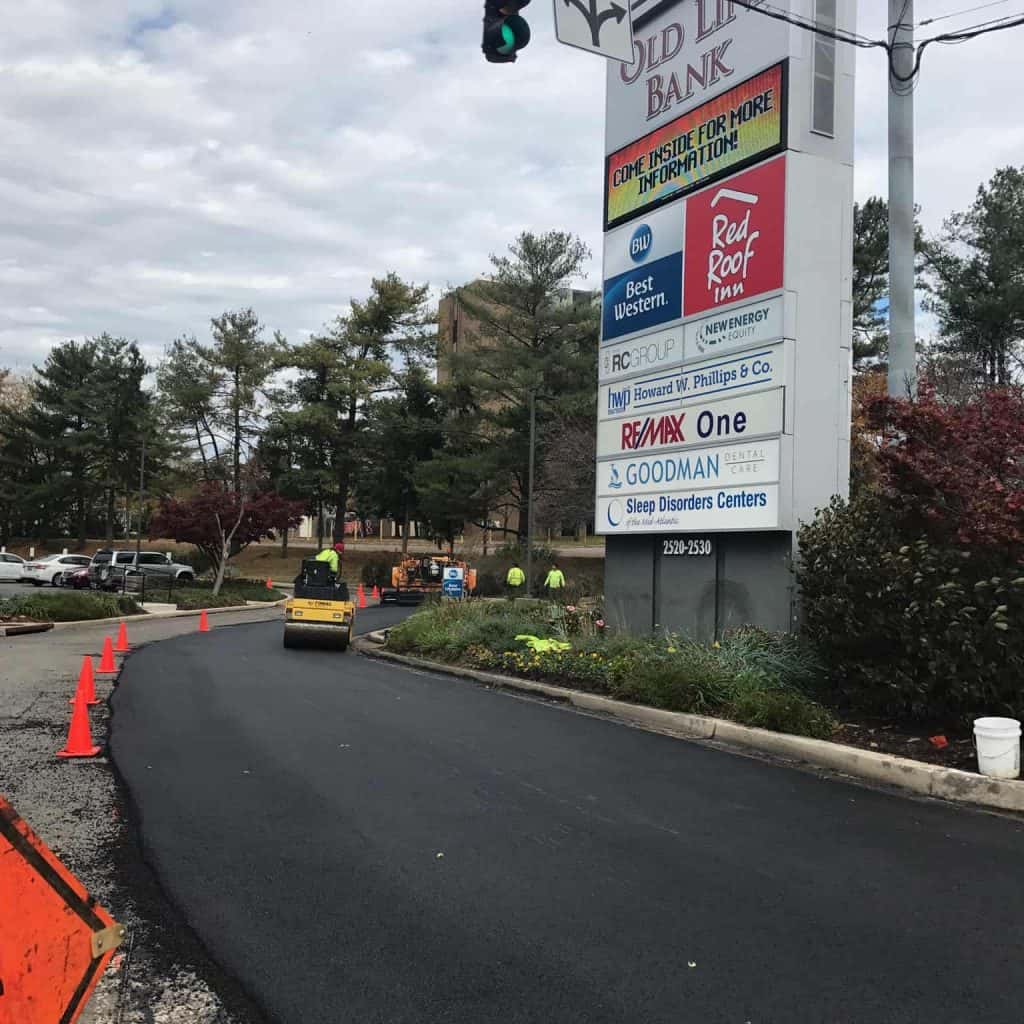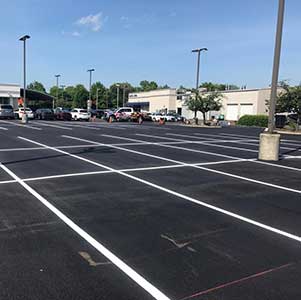Asphalt paving has come a long way since its invention in the early 19th century. Today, it is the most widely used material for paving roads, driveways, and parking lots. At Capital Paving, we have been providing high-quality asphalt paving services for many years. Come with us on a journey through history to explore how paving roads has evolved.
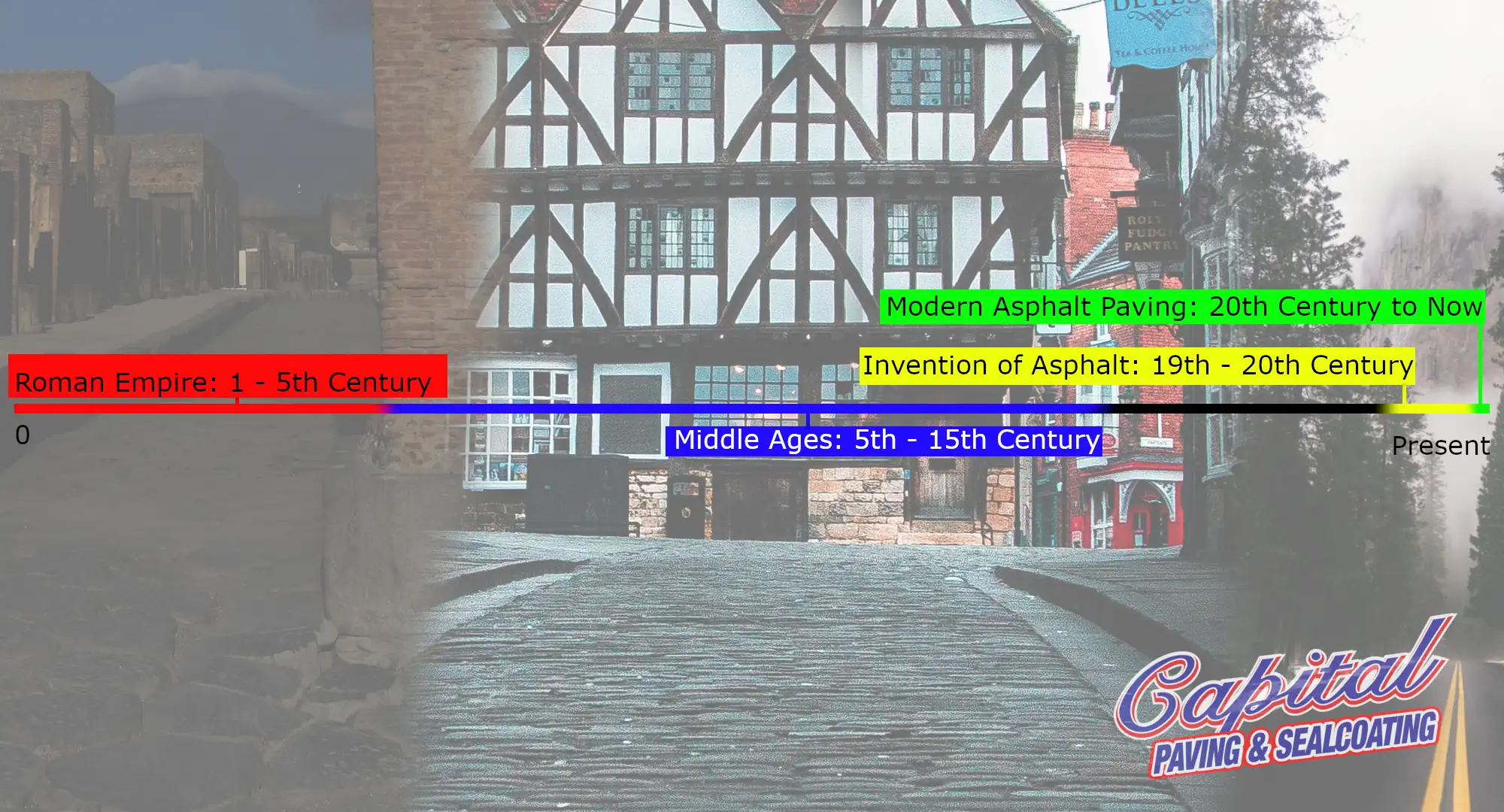
Roman Empire to Middle Ages: The Early Days of Road Paving
The history of road paving can be traced back to the Roman Empire. The Romans were known for their advanced road-building techniques, including using stones, gravel, and sand. The roads built by the Romans were so well-constructed that some are still in use today!
In the Middle Ages, paved roads declined; most roads were made of dirt or cobblestones. It was in the 18th century that the first modern road-building techniques were developed. These techniques involved using crushed stone and gravel, which provided a smoother surface for vehicles.
19 Century: The Invention of Asphalt
The modern era of road paving began in the early 19th century when a Scottish engineer named John McAdam developed a new road-building technique. McAdam’s method involved using a base layer of large stones covered by a layer of smaller rocks, which were then compacted together to create a hard surface.
In the late 1800s, Eugene Malten of France invented a new material that would revolutionize road paving. Malten discovered that by mixing asphalt with sand and gravel, he could create a durable and waterproof material perfect for road paving.
Late 19th to Early 20th Century: Asphalt Becomes the Standard
By the early 20th century, asphalt had become the standard material for road paving. In the United States, the first asphalt road was built in 1870 in Newark, New Jersey. Over the next few decades, asphalt paving became more widespread, and new techniques were developed to improve the quality and durability of asphalt roads.
One of the most significant developments in asphalt paving was the invention of the asphalt mixer in the 1930s. This machine allowed for the precise mixing of asphalt with other materials, resulting in a more consistent and durable paving material.
20th Century to Present: Modern Asphalt Paving
Today, asphalt paving is more advanced than ever before. Modern techniques and technologies have made asphalt paving faster, more efficient, and more environmentally friendly. Capital Paving uses state-of-the-art equipment and materials to ensure that our asphalt paving projects are of the highest quality.
One of the most significant advancements in asphalt paving has been the development of warm-mix asphalt. This new technology allows for mixing asphalt at lower temperatures, reducing energy consumption and greenhouse gas emissions. Warm-mix asphalt also provides for faster paving and longer-lasting roads.
In Review
Asphalt paving has come a long way since its humble beginnings in the Roman Empire. Today, it is the most widely used material for road paving thanks to its durability, flexibility, and cost-effectiveness. At Capital Paving, we are proud to be a part of this rich history and to continue providing high-quality asphalt paving services to our clients.

